From Red Fox (importer)- “The Namballe district lies within northern Peru’s San Ignacio province, near the Ecuador border.
This area is of vital importance since it is within the buffer zone surrounding the Tabaconas Namballe National Sanctuary. This sanctuary preserves a unique and rare ecosystem in Peru: the páramo.
It also seeks to protect two seriously threatened species: the spectacled bear (Tremarctos ornatus) categorized as endangered, and the highland tapir (Tapirus pinchaque) categorized as critically endangered. It also shelters the Tabaconas, Miraflores, and Blanco river basins.
The sanctuary protects the southernmost páramo of the Andes, which differs from the puna ecosystem in that it contains very humid grasslands and scrublands and is almost permanently covered by mist. Likewise, the páramo also differs from the puna for its fauna: the páramo host fauna of Amazonian origin, not Andean-Patagonian like the puna.
In this sanctuary we also find 16 lagoons, the petroglyphs of Manchara and the pre-Inca citadel of Coyona.
With the wealth of fauna, flora, and culture found in Namballe, local coffee growers are focused on environmental stewardship. They’ve completely prohibited hunting, an activity that used to be performed in large scale years ago.
Farms here typically encompass one to two hectares, dedicated to coffee and subsistence crops like bananas, yucca, and bituca for the family’s daily usage.
The coffee varieties that grow here are Caturra, Bourbon, and Catimor, grown among beneficial shade trees including Albizia and ice-cream bean tree. After processing, the producer loads parchment to be delivered to the nearest access road, which aren’t too far from their homes (especially relative to other areas in Peru).
They usually live next to their farms and washing stations. Their coffees typically ferment for 15-20 hours in cement or plastic tanks. After a careful fermentation, producers dry the parchment on raised beds and/or in solar dryers between 10-15 days, variable based on weather.
Most Namballe producers live with their families on their farms. The small towns within Namballe have good phone signal and schools are nearby.”
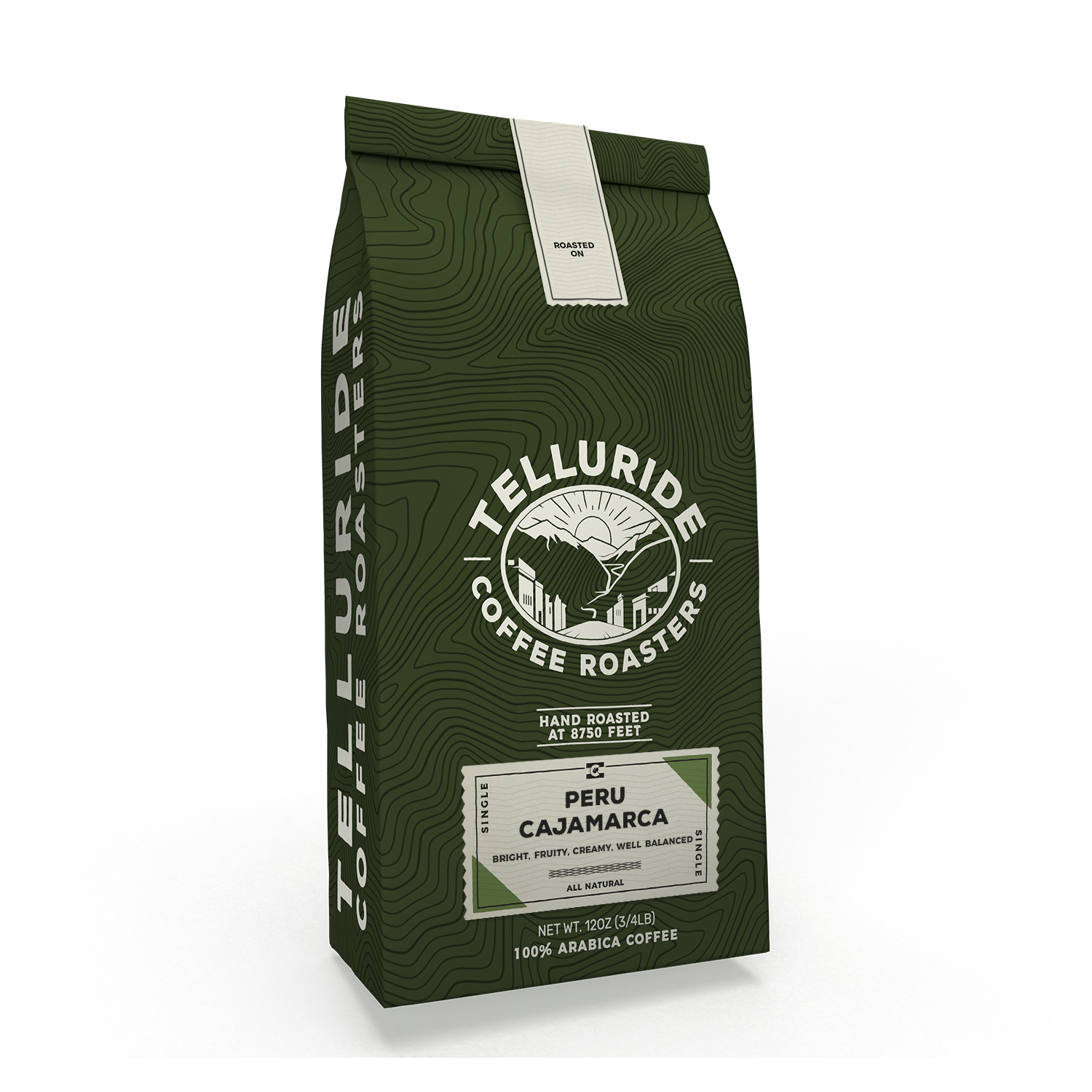
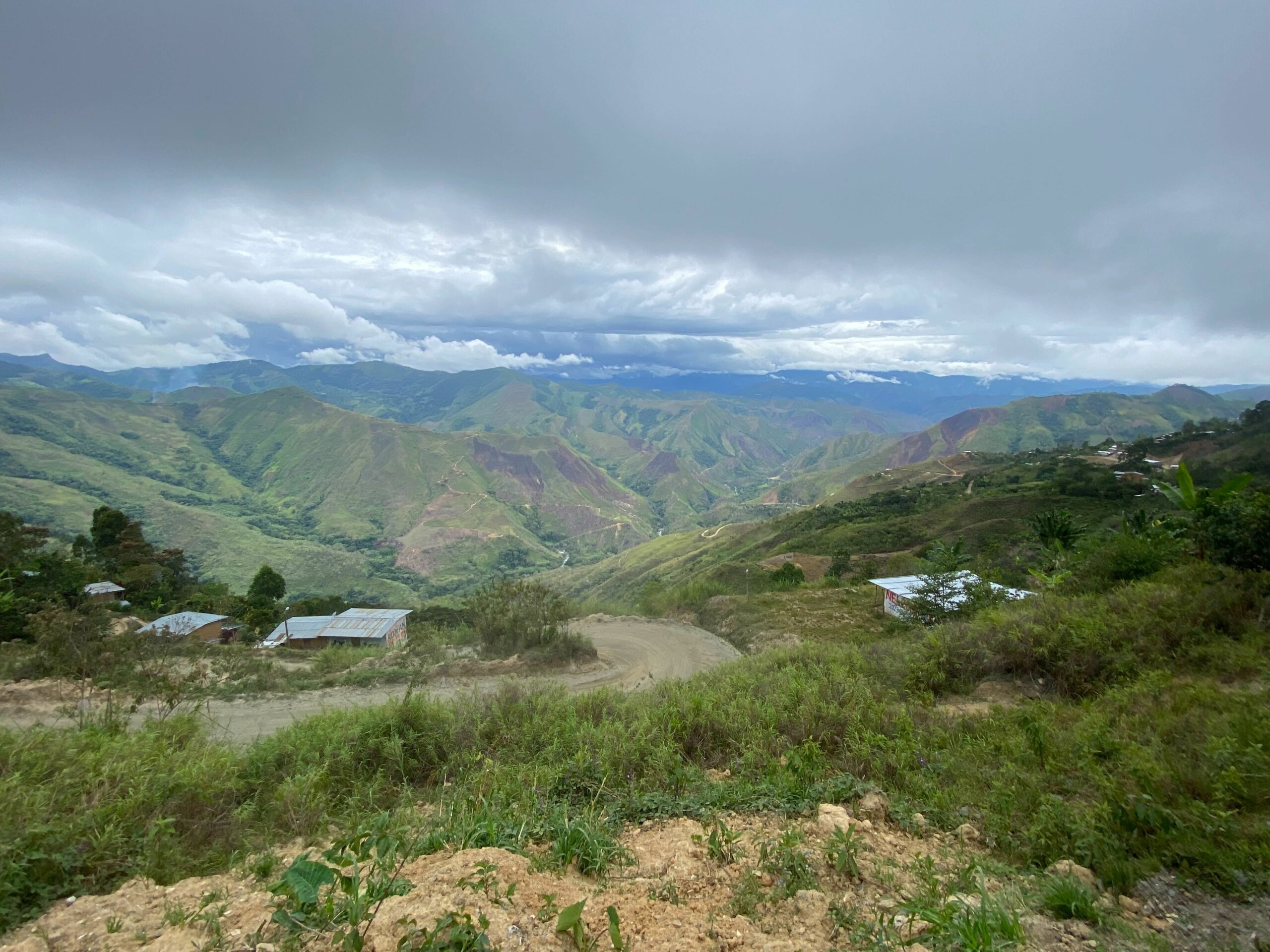
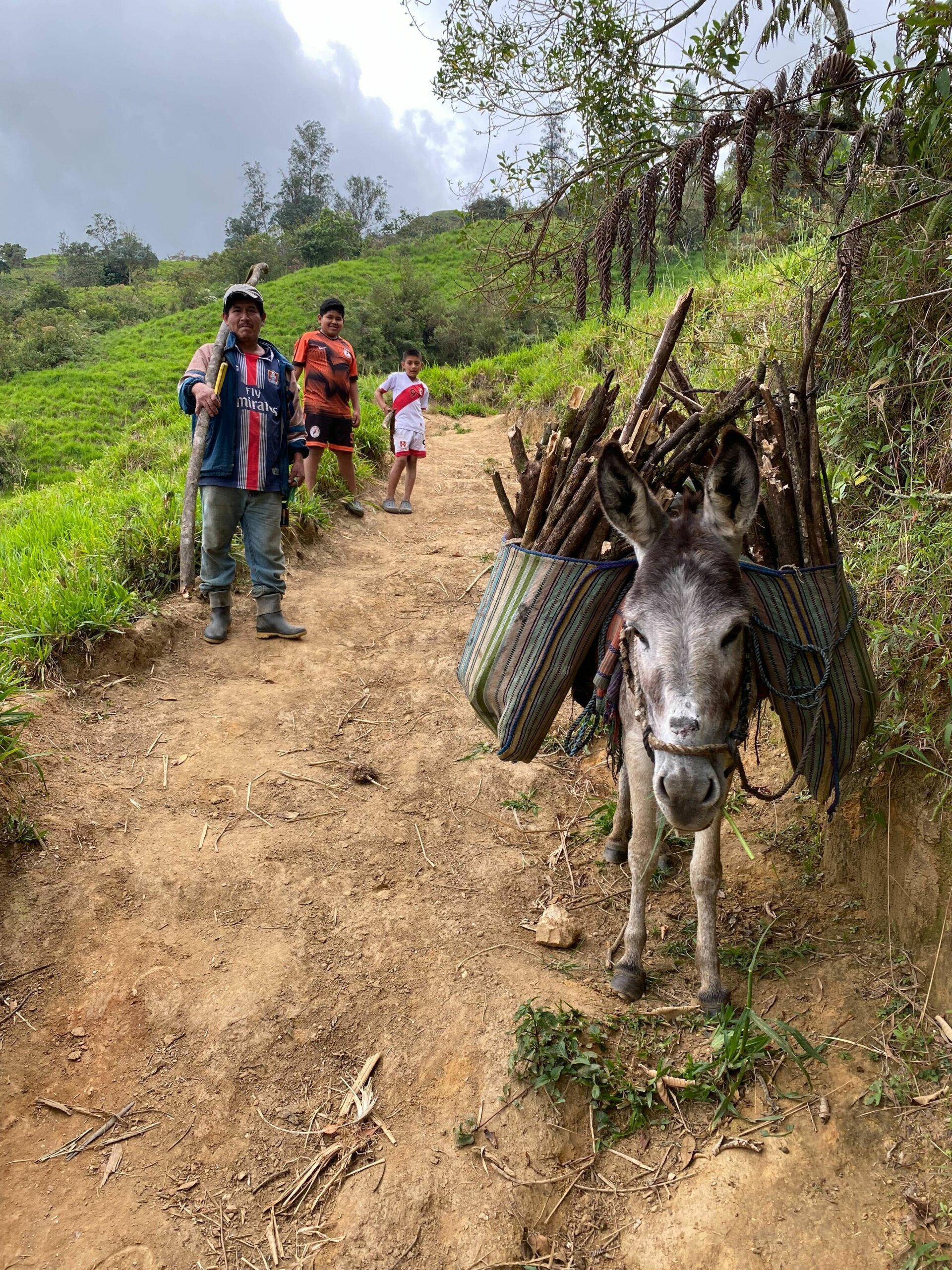
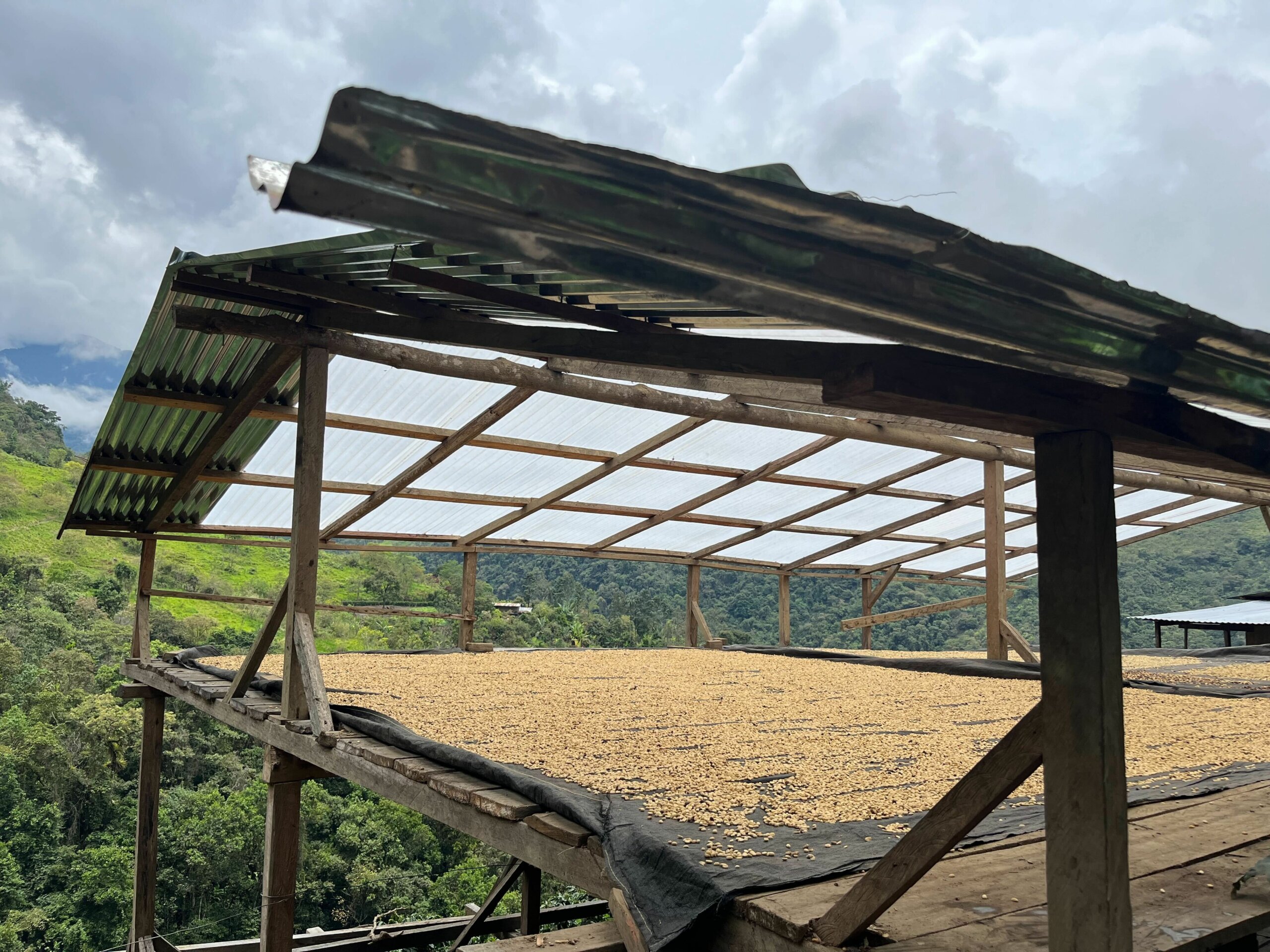
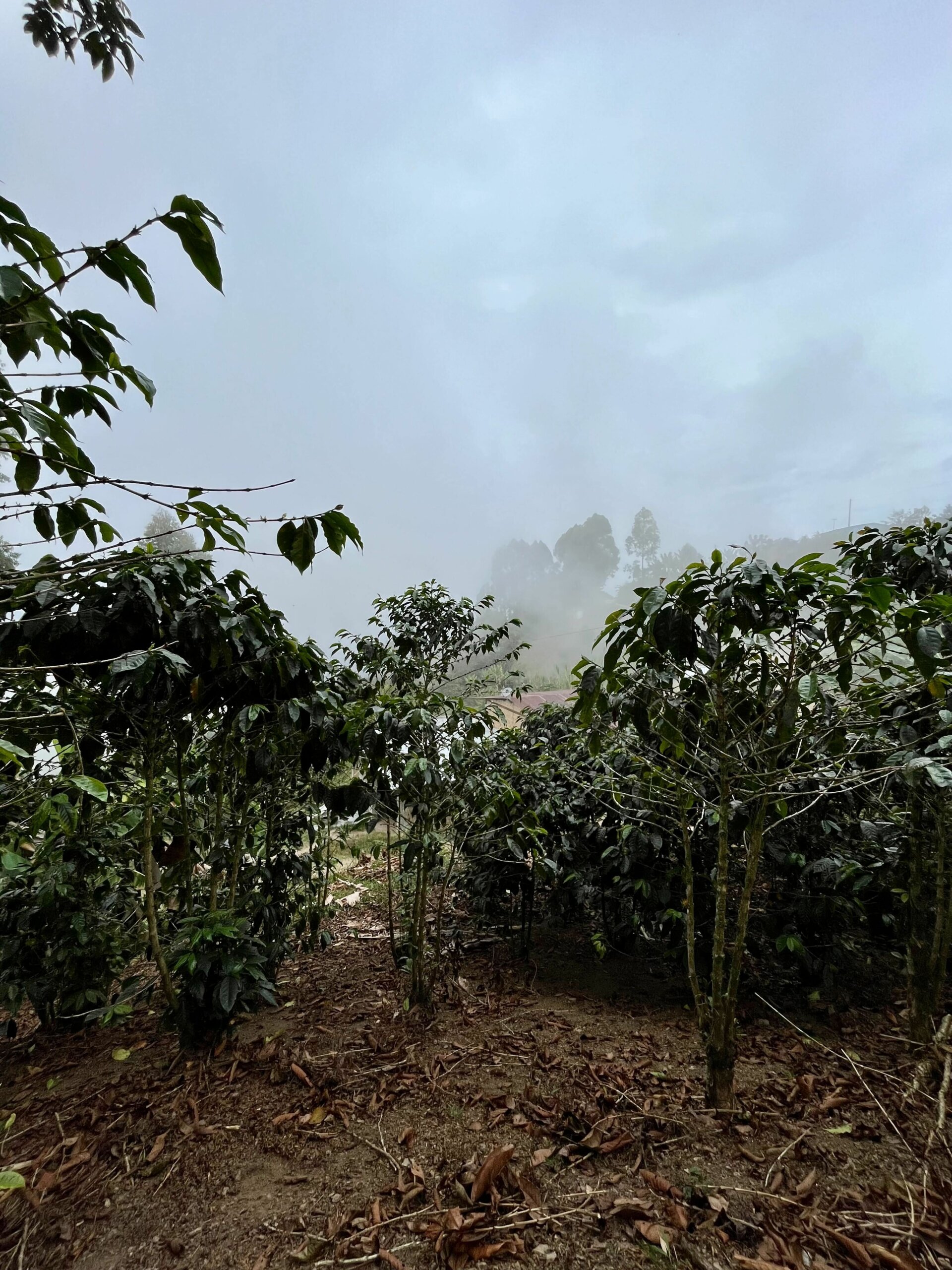
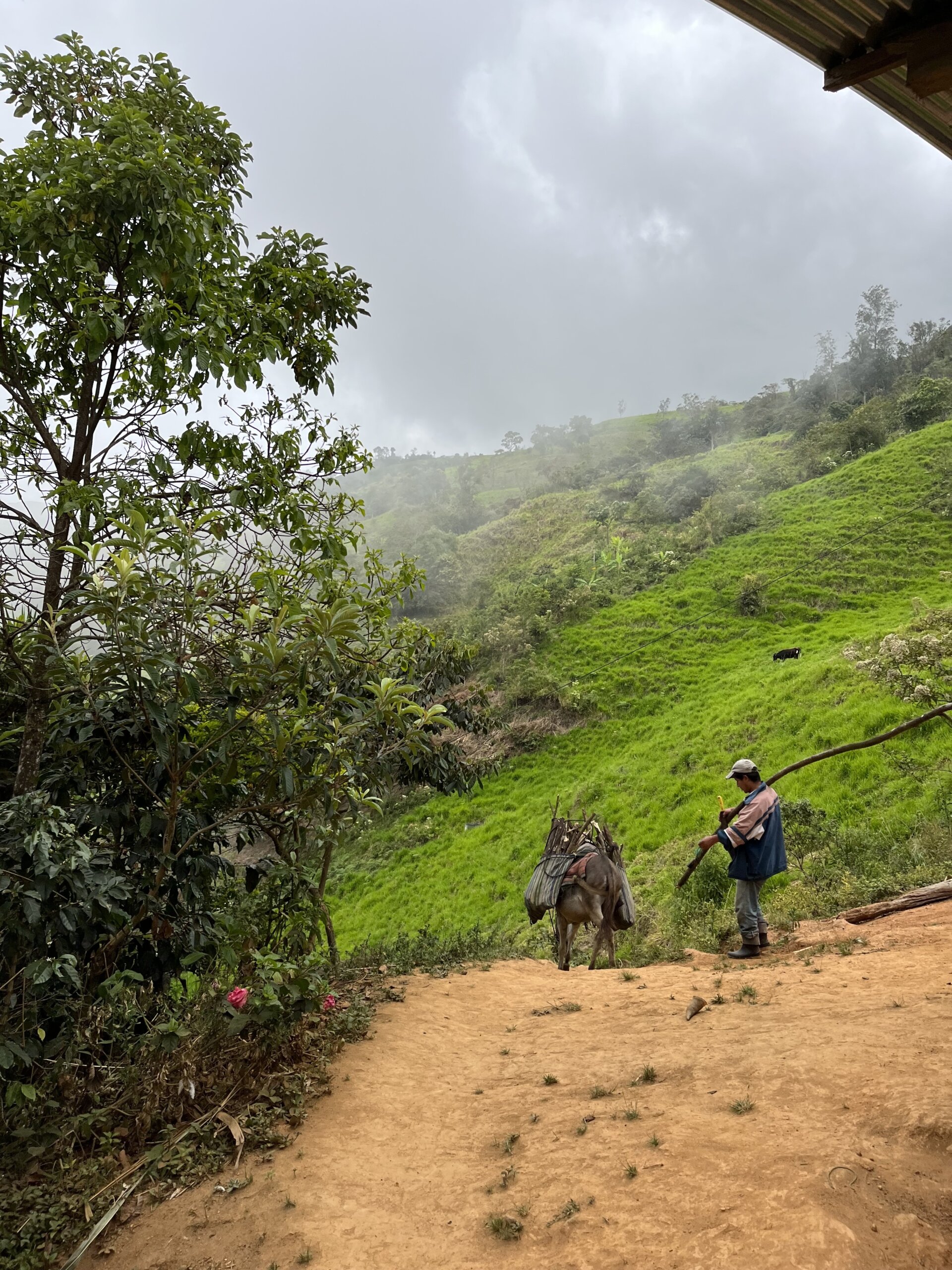
Carol Dea Patzau (verified owner) –
Pleasant coffee but lacking the kick of an espresso or cappuccino. Probably good for cafe au lait
Mick Hill –
Hi Carol, thanks for the feedback. So I assume you’re using this in an espresso machine? I would recommend the Avalanche or the Black Magic personally for that brewing mode. When I’m drinking the Peru or the Guatemala, Honduras, Nicaragua for example I prefer to go French Press as it brings out more body. I think as an espresso the Peru is a little too tart. Just my 2c 🙂 Thanks. Mick
andreas.wion (verified owner) –
This coffee changed my life. Really clean and crisp, touch of fruit and chocolate. Mix it with a touch of Guataemala (10-30% or more depending on your lean) for an amazing cup. Blends well with a lot of bolder roasts.